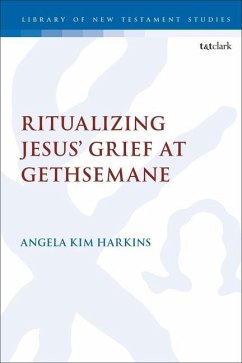Angela Kim Harkins proposes that the Second Temple ritual context is an overlooked, but potentially fruitful, method for understanding the ancient controversies concerning Jesus' prayer at Gethsemane, as it appears in Mark 14:32-42 and Matthew 26:36-46. Harkins argues that the cultural specificity of emotions can help to account for why later Greek and Roman readers experienced such sharp and divergent responses to Jesus' prayer and ritual practices. Harkins provides a basis for comparison by examining various Second Temple prayers from Ezra 9, 1 Esdras 8, Daniel 9, and Qumran Hodayot col. 4, demonstrating that the cultural specificity of emotions, especially divergent gender expectations, is used to contextualize and frame the ritual performance of grief. This volume concludes with the theory that Jesus' emotional prayer at Gethsemane can be contextualized within a larger Second Temple ritual context that would have been unfamiliar to non-Jewish readers, and that the diverse gendered expectations of grief would have made this scene controversial to early readers of this text.
Hinweis: Dieser Artikel kann nur an eine deutsche Lieferadresse ausgeliefert werden.
Hinweis: Dieser Artikel kann nur an eine deutsche Lieferadresse ausgeliefert werden.








